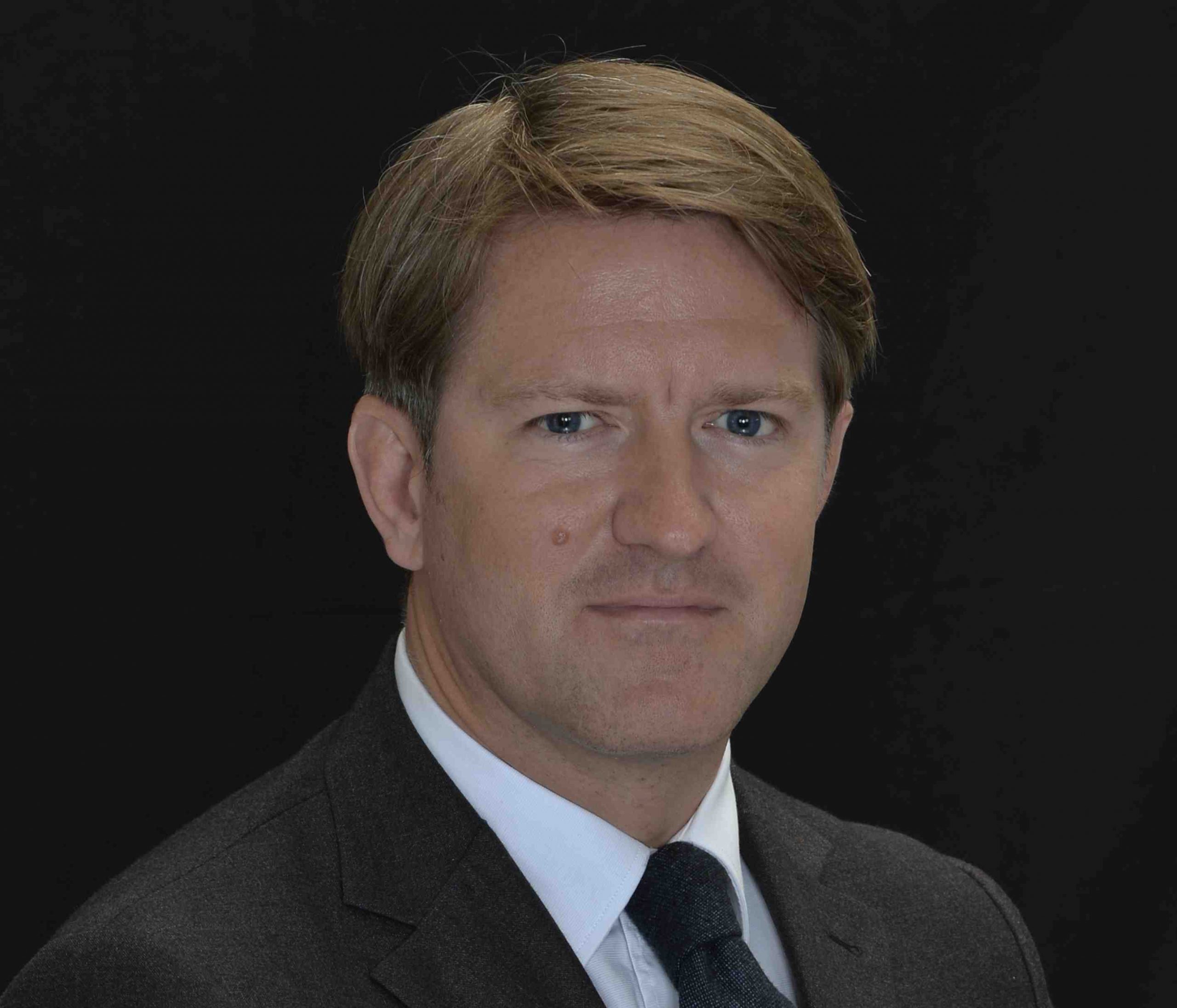Winzer on Chinese Economy: “A Bumpy Transformation Process”
| By Fórmate a Fondo | 0 Comentarios
Gerhard Winzer, Chief economist at Erste Asset Management, talks about the transformation process in China’s economy; away from growth driven by production and investment, to growth carried by service and consumption. He also explains how this transformation has negatively affected other emerging markets, specifically the commodity-exporting countries and what to expect in terms of economic growth for the rest of the world.
In his assessment about Chinese economy he highlights the decline of the industrial production: “Even though the GDP growth rate in China increased in the second quarter, the trend of investment growth and of the growth of industrial production has been on the decline, and exports are shrinking. This suggests that the transformation process in China is the reason for the weakness of the commodity prices, of industrial production, and of the emerging markets: away from growth driven by production and investment to growth carried by service and consumption. The third dimension of this transformation shows that the process has been a bumpy one: the forces of a market economy are to be strengthened at the expense of a centrally planned economy for the allocation of resources.”
On the stocks markets, he mentions the extensive intervention of Chinese government to avoid major problems in their economy: “The government bailed out the markets with extensive interventions when the Chinese equity markets slumped in the wake of strong gains that were not fundamentally justified (e.g. by earnings development). Similar examples in history suggest that further crashes may be avoided but that governmental interventions cannot produce sustainable gains. The fourth dimension, i.e. the internationalisation of the renminbi, will probably also be a bumpy one. It will still take some time before the Chinese currency becomes fully convertible and it can truly assume a function of value storage for foreign capital. In the meantime the emerging markets will remain in a process of adjustment that could continue to depress the currencies.”
On his assessment of economic growth for the rest of the world, he clarifies: “Global GDP growth has probably only increased marginally in the second quarter after the very weak first quarter. Economic activity has thus remained disappointingly weak on a global scale.
At least the US economy managed to recover from the de facto stagnation in the first quarter. According to the initial estimate for the second quarter, the GDP had grown by an annualised 2.3% relative to the previous month. The core inflation rate (q/q) has accelerated to 1.8%. If the economic reports in the coming months suggest a continued recovery, the US central bank will raise the Fed funds rate this year by a slight degree.
The Eurozone, too, has produced positive economic news. For example, the business climate index increased in July, and the banks have loosened their lending guidelines again in Q2. The Greek crisis has apparently not caused the sentiment to decline. The indicators suggest a continued moderate recovery.
The “rest” of the world, however, is facing a further deterioration of the economy, in particular in the emerging countries where many economic indicators have been sliding. Interestingly, with Brazil and Russia two large commodity-exporting countries are currently stuck in a recession.
The manufacturing sector is generally weak across the world, with industrial production shrinking on a global scale. The real exports and imports of goods, too, are on the decline in most regions. Export prices have been receding drastically on a year-on-year basis. We can observe such developments particularly in the Asian emerging markets. Many commodities, especially oil, steel, and copper as well as the precious metals silver and gold have incurred losses.”






